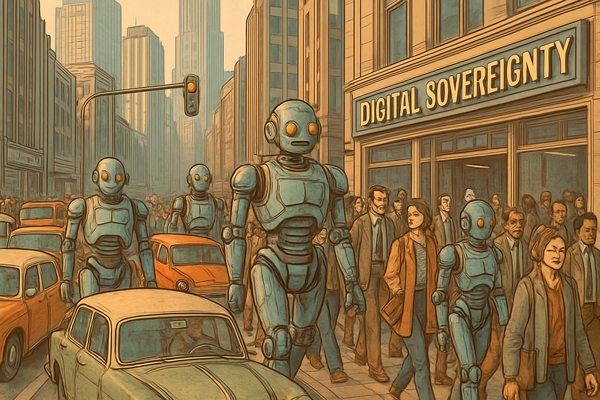Where Should The iPad Go From Here?
The iPad must stay true to its root as a simple to use slab of glass while supporting more sophisticated interaction models.


Another year, another WWDC conference is on the horizon, and another round of “the iPad should become a MacBook” requests (like this one for iPadOS 13). A recent edition of Mark Gurman’s newsletter caught my attention. Mark argues that the iPad’s next step in its evolution should enable different usage modes, to broaden its appeal. For example, iPadOS should transform itself into something closer to a traditional computer using a keyboard and mouse. Using an Apple Pencil would again force iPadOS to adapt and tweaks its user interface elements. These ideas seem exciting and promising on paper, but they face considerable challenges in their implementation. You’ll always find edge cases which break the fundamental design principles. User modes are a can of worms in that respect. What if a light user wants to use a keyboard to read and write his emails? Why would the iPad need to set itself as a power user mode? Many people like the apparent simplicity of the iPad when writing emails, even with an external keyboard.
I always thought that, in any computing devices, operating modes are simply the result of fundamental design flaws.
The price to pay for narrower appeal
What Gurman is suggesting is to make the iPad appeal to everybody. That’s where I disagree. It doesn’t have to. Sure, power users would love to use an iPad as a traditional portable. Still, the iPad form factor dictates the rest of the story: the iPad cannot meet everybody’s needs with the same ease as a traditional portable because of its form factor AND the design decisions Apple made about its interaction models; iPadOS isn’t macOS. The M1 processor in some iPad models helps close the gap (more system memory usage, better features integration, etc.) for what’s possible for the iPad to support memory-hungry applications. But Apple is making a deliberate choice here. They like to sell you many devices. So it’s an important factor to consider. In other words, it’s a business decision.
I would argue that adding usage modes on the iPad would dilute its simplicity, something Apple has been able to prevent with the addition of support for other input devices and a better multitasking interaction model. The latter was probably the trickiest because, from what I’m seeing around me, multitasking adds visual cues that even power users find complicated to interact with. In summary, adding modes to a computing device like the iPad is a dangerous territory to enter. Finally, widgets support was the most recent addition to the iPad, pushing it away from its original simplicity. They are nice, but they add complexity to the user experience because they need management and configuration.
One more low-hanging fruit
There is one thing that I’d really like to see improved on iPadOS: external screen support. After completing the full spectrum of input devices in the last two years, now it’s time for a much better external monitors support. I want it to be like on the Mac: mirror or extend the main display. I want a real mirror mode, just like on the Mac. But the fun would be when using an external monitor to extend the iPad display. In this mode, I’d like to be able to open applications in their window on the external display. The application could be used in landscape or portrait orientation with a button in their title bar. I could use the mouse to move windows around. That is something that could be added without breaking iPad simplicity. I’m not convinced that I want the capability of using small windows on the main screen, as shown in this iPadOS 16 concept. They don’t really make sense and add complexity for developers to support those additional application layouts. That being said, they’re other interesting ideas in this concept.
Better external monitor support would be a mandatory step for Apple to introduce their iPad versions of desktop applications like Final Cut Pro or Logic. Without one, we’re out of luck. However, I expect Apple to introduce these improvements at the WWDC this year because it’s too obvious that’s the only missing part of the equation of more powerful applications on the iPad.
From cars to planes?
It would be cool to have our cars transform into flying planes, but we’re far from this reality, thank god. I wrote it many times; I don’t want a MacBook crammed into my iPad Pro or the other way around, for that matter. I love the iPad for what it is: a simple to use and a deceptively easy-to-use slab of glass. When I want more, I use my MacBook Air running macOS.
All in all, I guess my sentiment on the iPad future goes in the same direction somehow as recently expressed by Matt Birchler: iPad Needs to Go Better When Bigger.



